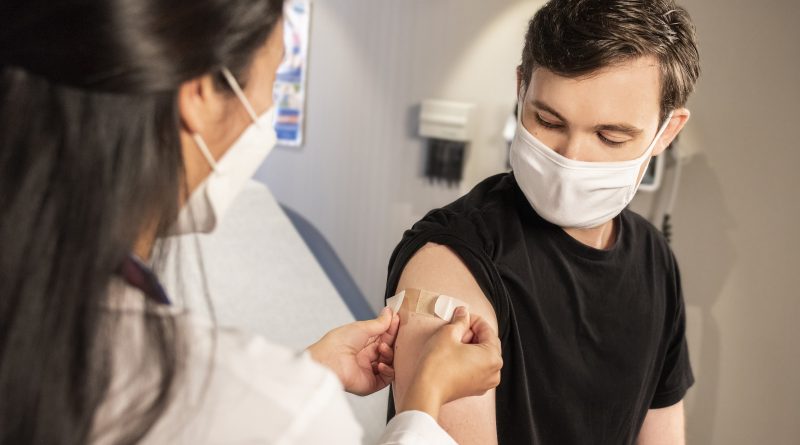Are Vaccine Mandates Increasing Safety or Driving People from Vaccinations?
Zachary Schullian
Staff Writer
Taking efforts to slow the spread of the COVID-19, some leaders around the world have decided to enact vaccine mandates. In many developed nations, such as the United States, vaccination rates for adults range between 70 to 80 percent, according to Reuters, with a slim subsection of the population extremely reluctant to get the vaccine.
One of the catalysts for the implementation of vaccinate mandates, especially in fields such as health care, is the dismissal of fears over the health risks employees may pose to patients and clients. Cary Klebba, spokeswoman for Novant Health, a 35,000-employee health-care system in four Southeast states, said “Without a vaccine mandate for team members, we faced the strong possibility of having a third of our staff unable to work due to contracting, or exposure to, COVID-19,” The Washington Post reports.
Currently, about 41 percent of hospitals in the U.S. require vaccines for employees. Additionally, officials at hospitals that have received such mandates have said that both infections and the number of sick leave applications have dropped. Despite some staff members leaving due to concerns over getting the vaccine, many hospitals still believe the decision to implement a vaccine mandate was the correct one. Mark Boom, President and CEO of Houston Methodist, one of the first American health care institutions to require vaccines for health workers, said of the outcome “I can unequivocally say [it was] the best decision we ever made.”
This approach to public health is in no way contained to just the U.S., with other countries taking similar measures in regard to mandating vaccinations for health care workers. According to Deutsche Welle, Italy was one of the first countries to do so, enacting a policy that requires employees to either take the vaccine or lose their job.
On the other hand, skeptics have gathered across the world to protest what they see as increasingly authoritarian measures taken by governments through the enactment of vaccine mandates. Some 160,000 French demonstrators took to the streets throughout the country, angered at a bill passed by President Emmanuel Macron that requires citizens to show proof of vaccination or the results from a negative COVID-19 test result upon entering restaurants and other public areas, Deutsche Welle reports.
Most recently, on November 15, The Wall Street Journal reports Austria passed legislation ordering its’ two million unvaccinated citizens to stay in their homes in a quasi-lockdown for the unvaccinated. Austria’s vaccination rate is only at 63 percent, lower than most other Western European nations, yet the government measure is arguably the most dramatic action a western country has taken thus far in addressing public health.
It seems that across borders, the small minority of those who are staunchly against the notion of receiving a vaccine will not be forced by the government to receive it. As officials continue to implement more extreme mandates and measures, skeptics only seem to increase their protests. In turn, it may be most efficient to achieve complete vaccination, without governmental overreach, by offering adequate incentives for those who are vaccine hesitant.
Additionally, it is commonly known that those aged 65 and older are at highest risk of contracting severe side effects of the coronavirus. The Center of Disease Control and Prevention reports 99.4 percent of Americans 65 and older have received at least one dose of the vaccine. Also, 80 percent of covid deaths are from those 65 and older.
To get the rest of the population vaccinated, however, there needs to be an incentive that assures protestors of no future plans for government overreach. An adequate incentive for the unvaccinated may come in the form of gradual phasing out mask mandates, a tactic highlighted in several U.S. states during the summer of 2021.
It seems evident that vaccine mandates in places such as hospitals, clinics, and other facilities have produced some decent evidence displaying the overall effectiveness of such policies. For the general non at-risk population however, democratic governments should be careful in how they manage social cohesion and should make decisions according to what the data says, not out of a desire to control a situation that does not need to be micromanaged.


